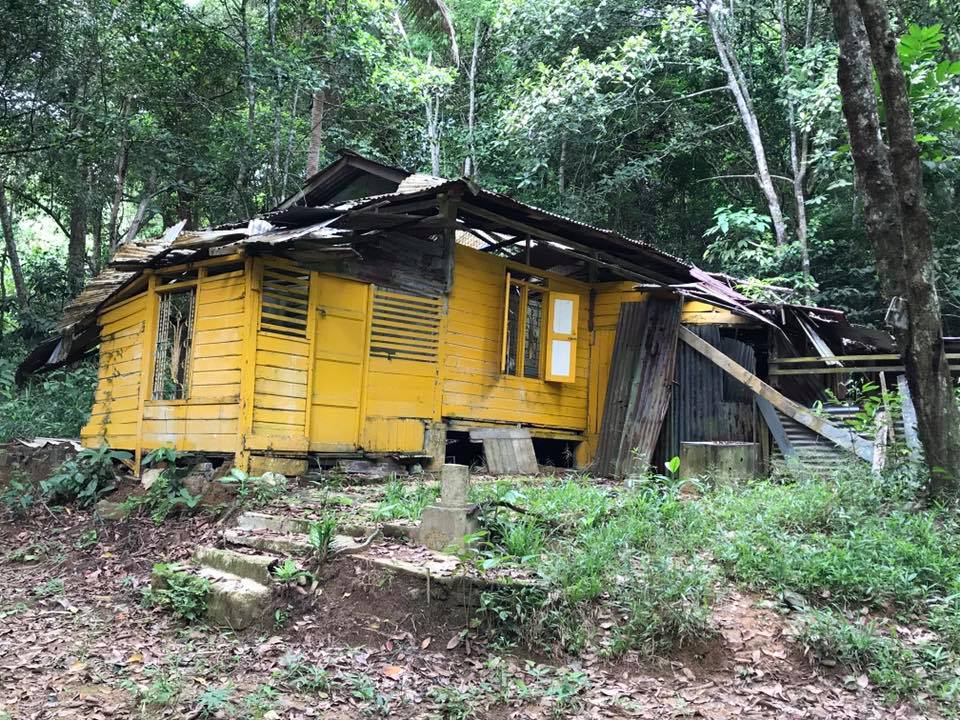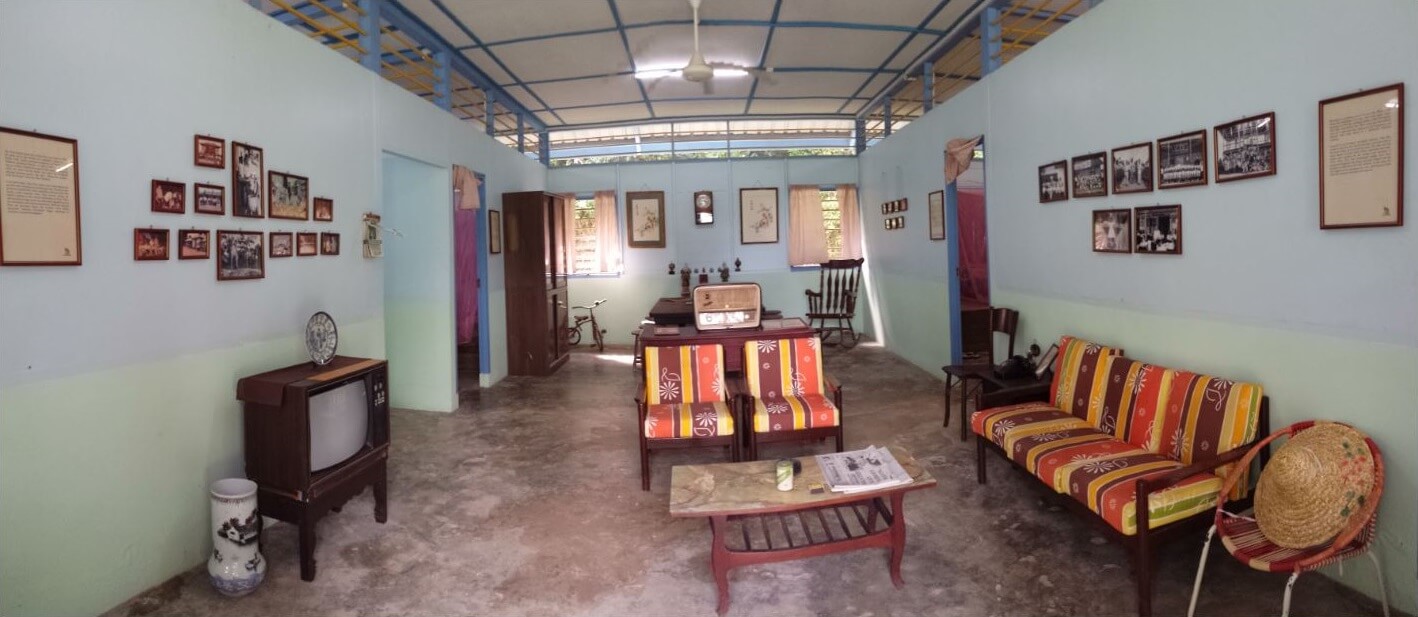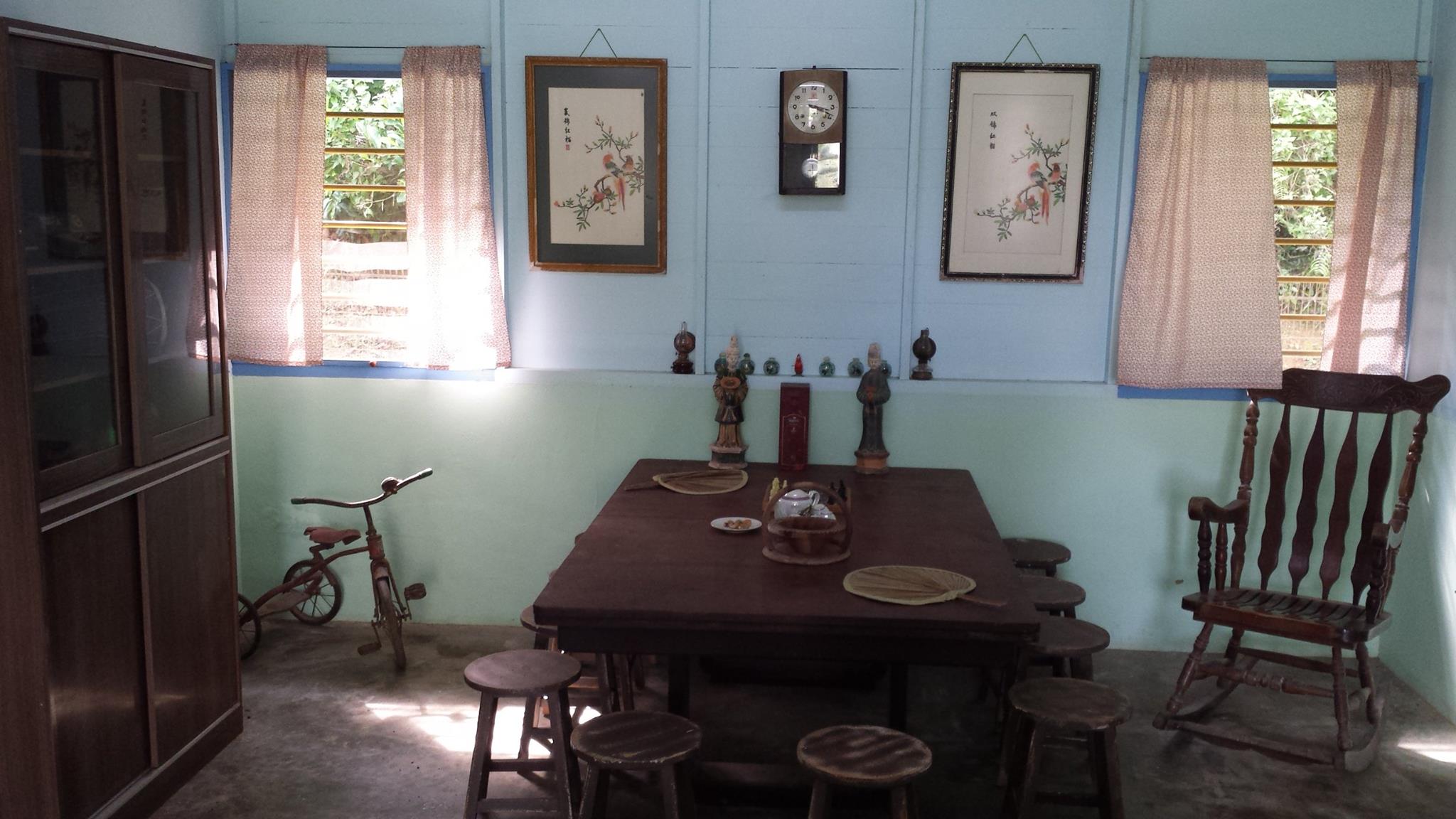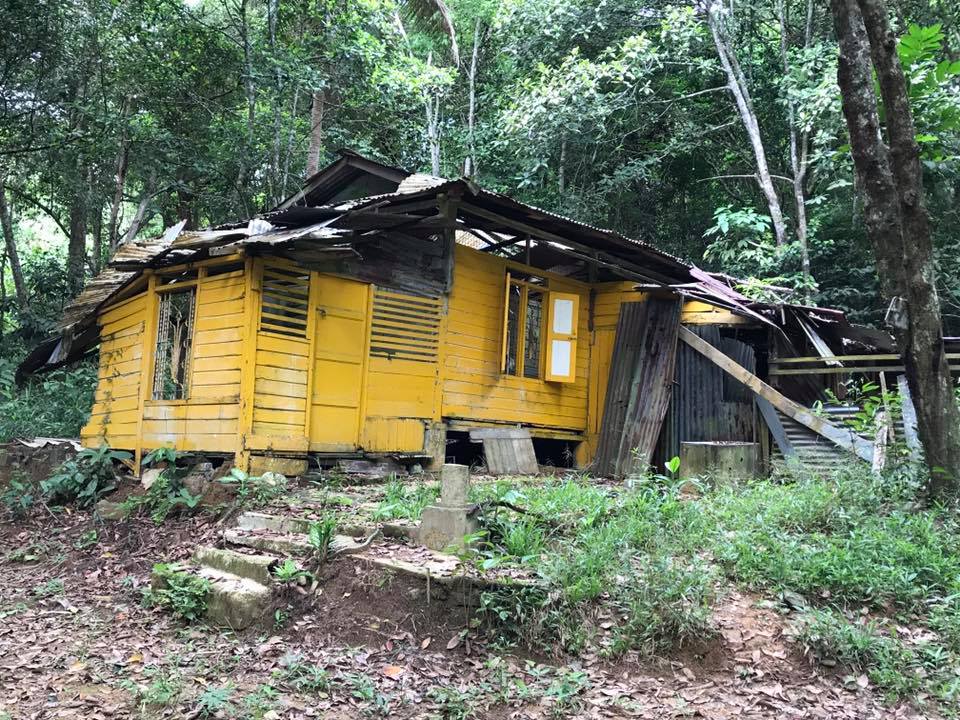*Editor's note, July 18, 2017: Some parts of this article have been updated, due to feedback received from a reader.
Pulau Ubin's name was derived from its original Malay name "Pulau Batu Jubin" which means "Island of Granite Stones".
The island is host to a number of granite quarries which provided the granite needed for Singapore's early development.
The very first settlers on Pulau Ubin in the late 19th century were the Orang Laut ("sea people" in Malay), who moved over from the Kallang River, and Chinese quarry workers.
If you've ever been to Ubin, you might have noticed some old and unoccupied kampong houses on the island, like this one below:
 Via Facebook.
Via Facebook.
Once the homes of kampong villagers living on the island, these houses have been vacated and returned to the state. Without anyone living in them, the houses are showing signs of neglect.
To save these houses and preserve Ubin's heritage, NParks called on members of the public yesterday (Jul. 16) to join the agency in restoring the houses. In particular, NParks said that they were hoping to attract interest groups with experts in architecture, heritage and nature for the multi-year restoration programme.
The idea for restoring the kampong houses was first brought up by the Friends of Ubin Network, but it isn't the first time an Ubin house has been restored.
Previously, NParks also restored the house of Chew Teck Seng. Chew used to be a provision shop owner on Pulau Ubin during the 1970s.
 via NParks.
via NParks.
Chew's house is now a model of a Chinese kampong house. Visitors to the house can learn more about kampong life on the island through the rustic memorabilia and restored interior.
 via NParks.
via NParks.
 via NParks.
via NParks.
According to Second Minister for National Development Desmond Lee, "traditional techniques" will be used in the restoration programme.
He said that the restoration will just be the first step. Following the restoration, Lee said that the next step was to study how the restored kampong houses can be opened up to individuals and groups, who can live and work alongside the existing village community to keep the island rustic and contribute to the Ubin Project.
Here is Lee's Facebook post:
In case you can't see it, here is what Lee said:
"The living village community on Pulau Ubin although ageing, is what contributes to the island's rustic, nostalgic and authentic character. The Friends of Ubin Network, (comprising villagers, heritage experts, nature conservationists, artists, educators, kelong fishermen, musicians, mountain bikers, students, architects, outdoor adventure trainers and government agency reps) have discussed this under the "heritage, history and community" perspective of the Ubin Project for some time.
Today, we launched a multi-year kampong house restoration programme, where communities of volunteers, architects, designers and students can come together to restore dilapidated and abandoned kampong houses and revitalize and strengthen existing ones, using traditional techniques.
This is the first step.
The next step is to study how we can open up the restored (but empty) kampong houses to individuals and groups, who can live and work alongside the existing village community to keep the island rustic and contribute to the Ubin Project. This might include organizing traditional culinary classes and craft, kampong homestays, heritage trails, traditional farming demos, sustainable practices and green technology, and so on.
Today is Ubin Day, the finale of more than two months of Pesta Ubin, where 48 groups and 900 volunteers organized more than 100 ground up activities, such as the Pesta Ubin Run and the Sea Angel Livingfishervillage, reaching out to more than 8000 Singaporeans and visitors. A big thank you to Ria Tan, Inez and Jing Rou, and all our volunteers!"
Top photo via Facebook, NParks.
1819 is a labour of love by Mothership.sg where we tell stories from Singapore’s history, heritage & culture. Follow us on Facebook, Instagram and Twitter!
If you like what you read, follow us on Facebook, Instagram, Twitter and Telegram to get the latest updates.
